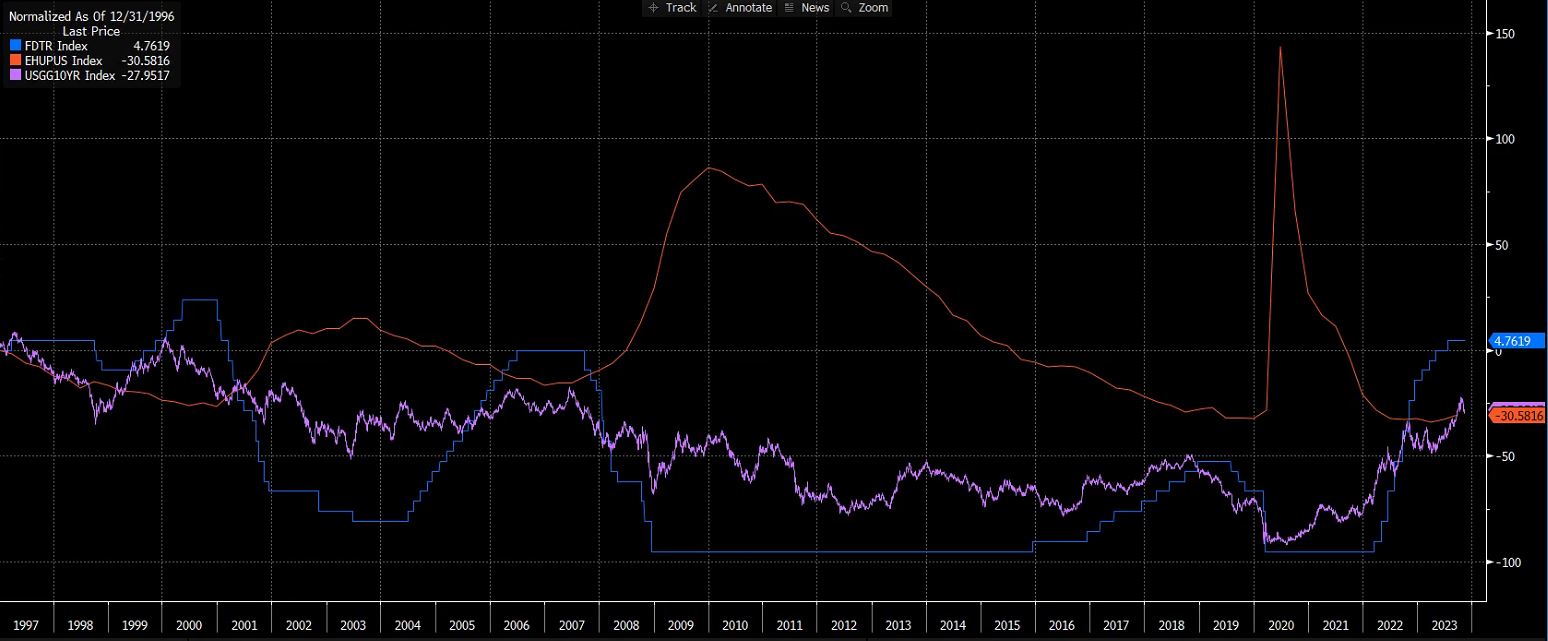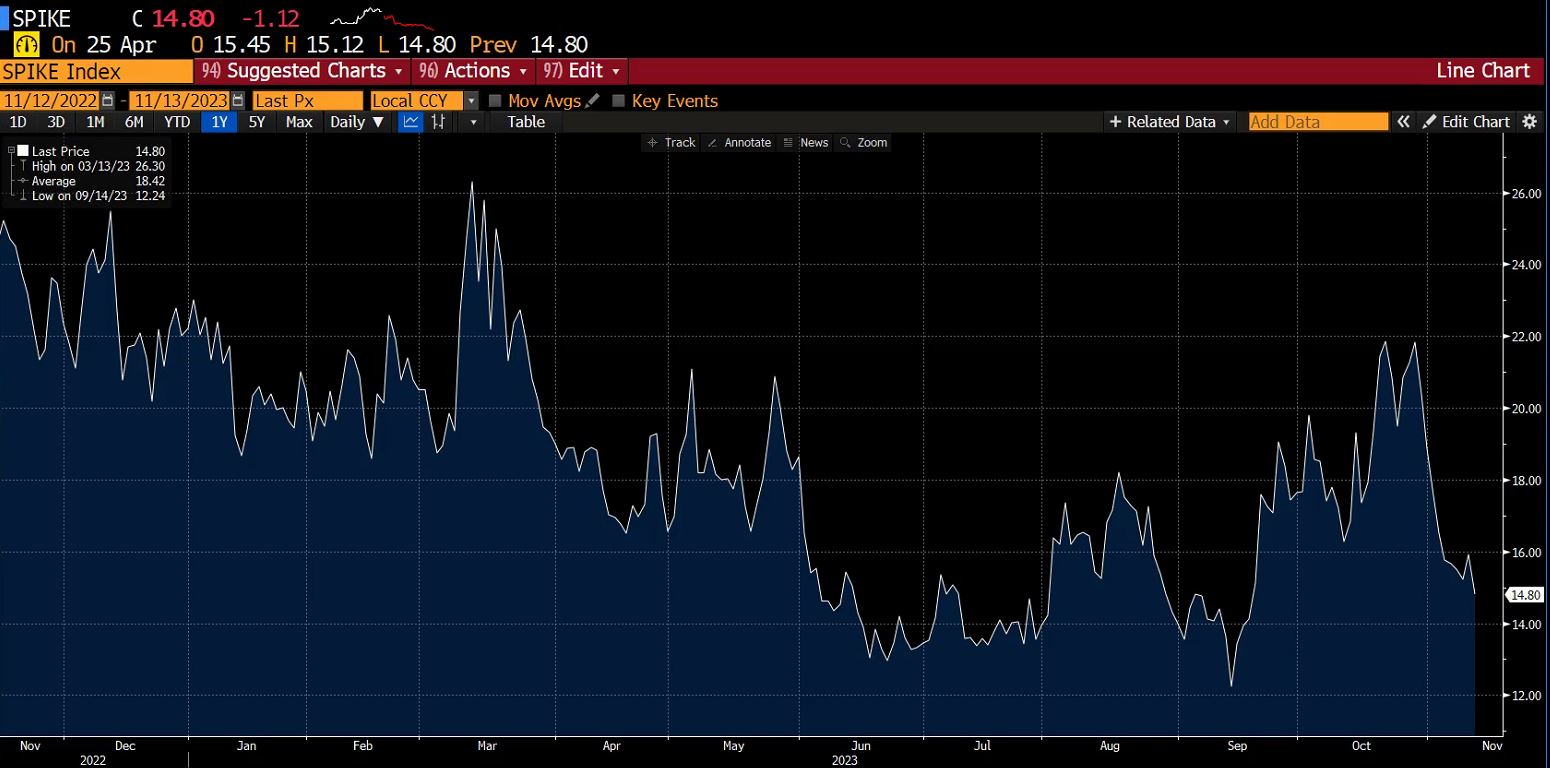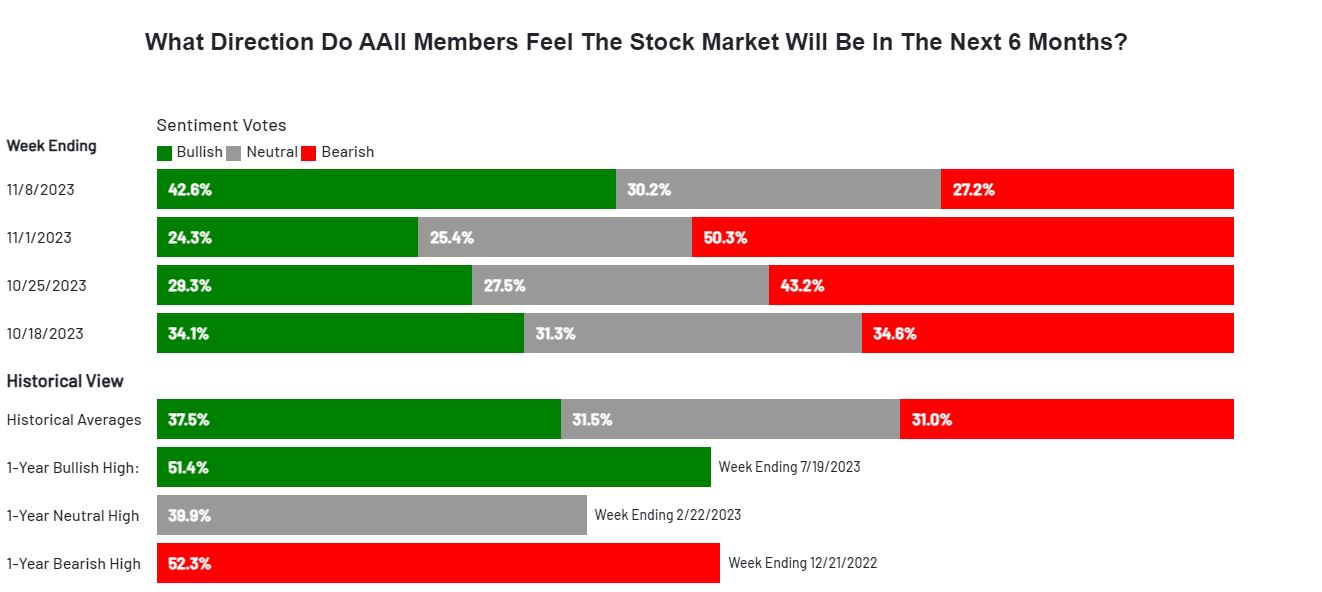Navigating Economic Volatility Amidst Crucial CPI Data
This week stands as a pivotal moment, with the eagerly anticipated Consumer Price Index (CPI) poised to send ripples through the economic landscape. The eyes of investors are fixed on this crucial indicator, acutely aware of its potential to shape the Federal Reserve’s next moves and, consequently, the trajectory of the market.
Last week, Federal Reserve Chair Jerome Powell underscored the Fed’s commitment to data dependency, hinting at the possibility of further tightening should the upcoming CPI number exceed expectations. The stakes are high, and a “hot” number could prolong the series of rate hikes, challenging the prevailing assumption that the tightening cycle is nearing its end.

However, if the CPI number aligns with expectations, marking the third consecutive month of a 0.3% increase in core CPI, it could offer a temporary respite for investors. According to Bloomberg economics, the Fed is likely to maintain a tightening bias until at least six months of 0.2% to 0.3% core inflation. This month would make it the fifth consecutive month in that range.
The aftermath of the recent Federal Reserve meeting saw a swift decline in 10-year yields, a move often observed ahead of a potential Fed easing. This decline in yields signals market anticipation of a pause in the Fed’s tightening cycle.

The biggest clue to a slowing economy is a rising unemployment rate, which often coincides with the end of the Fed’s pause and marks the beginning of the Fed cut cycle. However, one key index to watch as a leading indicator of the Fed funds target rate dropping is 10-year yields.

Volatility traders have significantly reduced their fear of a big move in the market. The spike index saw another week of declines, dropping from 22 all the way to 14.80 in less than two weeks. Another contrarian indicator, the AAII sentiment survey, showed a massive switch from bears to bulls. It’s fascinating to see how quickly participants can flip from bearish to bullish. This is something to watch as the low volatility with the high bullish sentiment will likely be a signal of overconfidence, even if it might take a week or two to materialize.

Looking ahead, market rates seem to be pricing in this anticipated pause, typically eliciting a short-term relief rally in equities. However, the picture becomes less optimistic when rates start to fall. The Federal Open Market Committee (FOMC) doesn’t lower interest rates simply to spread cheer; their actions are guided by the dual mandate of maintaining low unemployment and low inflation.
With inflation currently hovering above 3%, the path to lower rates hinges on improving unemployment figures. Yet, a rising unemployment rate signals a cooling economy, setting the stage for a downturn in the stock market. It’s a cyclical dance where the business cycle restarts when rates are low, and growth kicks in anew.
As we navigate these turbulent waters, it’s essential for investors to remain vigilant, recognizing the interconnectedness of economic indicators and market behavior. The ripple effect triggered by the CPI data this week, coupled with the subtle signals from the 10-year yields and the intriguing shifts in volatility and sentiment, may very well shape the narrative for the coming months, influencing the delicate balance between inflation, employment, and market dynamics. In these times of uncertainty, staying informed and adaptable is key to successfully riding the waves of economic and market volatility.
 Joe Tigay
Joe Tigay 


